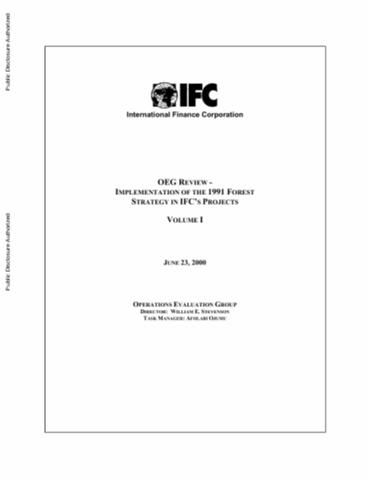Location
The World Bank is a vital source of financial and technic
IFC, a member of the World Bank Group, is the largest global development institution focused exclusively on the private sector in developing countries.
We utilize and leverage our products and services—as well as products and services of other institutions in the World Bank Group—to provide development solutions customized to meet clients’ needs. We apply our financial resources, technical expertise, global experience, and innovative thinking to help our partners overcome financial, operational, and political challenges.
Clients view IFC as a provider and mobilizer of scarce capital, knowledge, and long-term partnerships that can help address critical constraints in areas such as finance, infrastructure, employee skills, and the regulatory environment.
IFC is also a leading mobilizer of third-party resources for its projects. Our willingness to engage in difficult environments and our leadership in crowding-in private finance enable us to extend our footprint and have a development impact well beyond our direct resources.
Members:
Resources
Displaying 51 - 52 of 52OEG Review
This study is based on: (i) a review of all the forest-based investments approved by IFC during FY85-98 to identify the changes induced in IFC operations on a ‘before/after strategy’ basis; (ii) a review of selected non-forest infrastructure projects supported by IFC in FY92-98 which potentially have impacts on forests; (iii) a review of selected financial intermediary investments approved in FY92-98 to assess evidence of adherence by the intermediaries and their IFC-funded sub-projects to the requirements of the forest strategy; and (iv) case studies on a sample of 14 forest-based companie
Somalia - Drought Resilience and Sustainable Livelihoods Programme in the Horn of Africa (DRSLP) - Project II
General
The Drought Resilience and Sustainable Livelihoods Program - Project II is the second intervention in a long term Bank Programme to build communities’ resilience to drought and Climate Change, improve their livelihood and promote regional integration in the Horn of Africa. The Project will be implemented in a period of 5 years and its total cost is UA 81.667 million, of which UA 74.982 million is paid by the Bank and the remaining being the respective governments’ counterpart contributions.
Objectives
Project II aims to scale up the Program interventions in Ethiopia and extend it to Eritrea, Somalia and Sudan. The Project is expected to develop infrastructures for i) water mobilisation and management, and ii) livestock production, health and marketing. It will also build the capacity of the populations and Governments of the region to better cope with the effects of climate change, resources scarcity and conflicts related to resources utilisation. Ultimately, the project is expected to increase the income of agro-pastoralists through the improvement of the delivery of livestock related services (animal production and health, rangeland management, marketing, etc.) and the development of irrigation schemes leading to the improvement of livestock parameters (growth rate, carcass weight, milk production and offtake rate) and, the productivity/production of the main crops. The diversification of the sources of livelihood and the mobilization/conservation of water resources as envisioned by the project will reduce the vulnerability of the population to climate change shocks and exposure to inter/intracommunity conflicts that arise from competition over access to water sources for livestock.
Target Groups
An estimated 20 million agro-pastoralists affected by drought and land degradation will directly benefit from the project. Other direct beneficiaries include the Governments of the region whose capacities will be strengthened to enhance drought resilience development, natural resources management and shared benefits, and regional integration.




